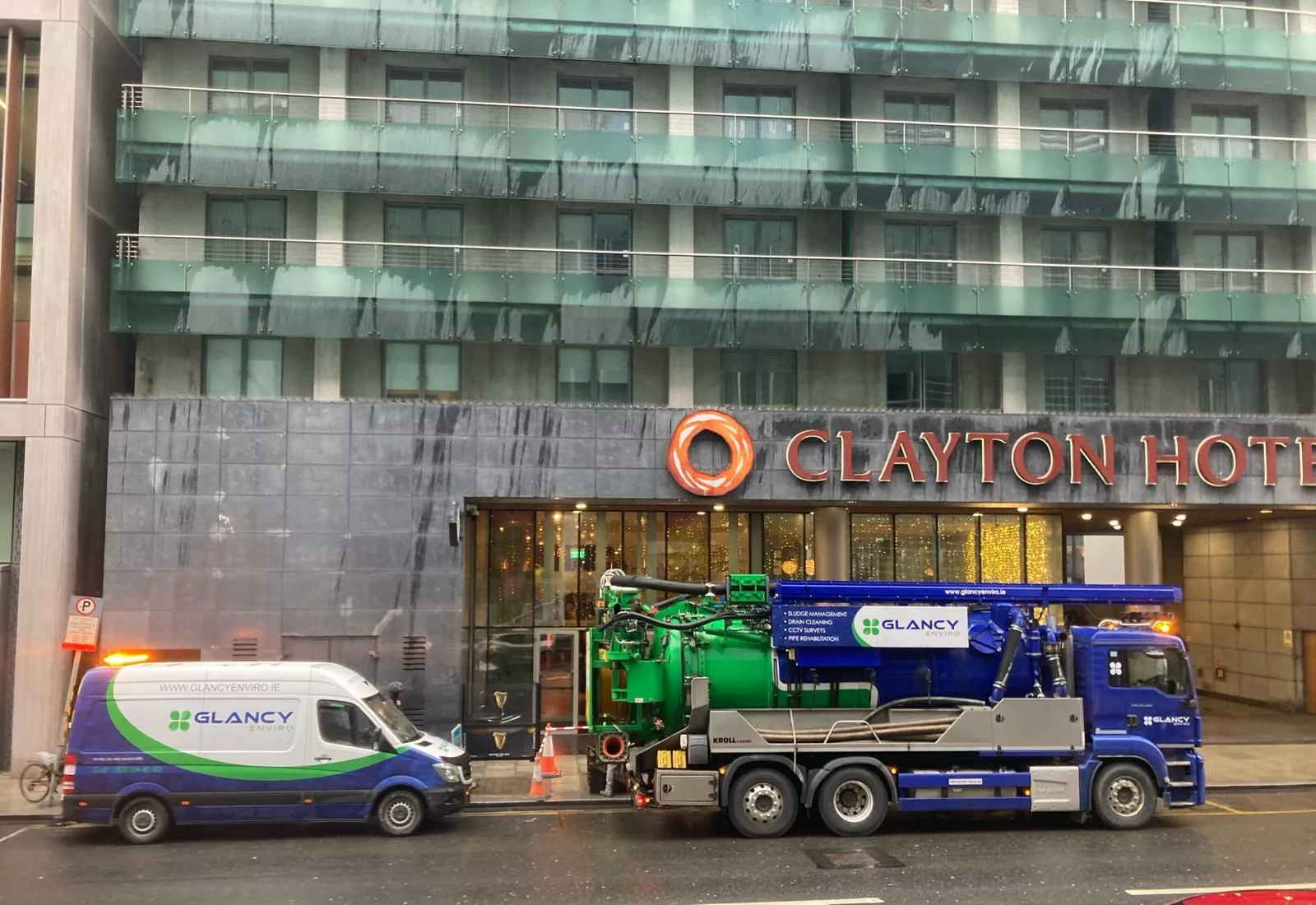Black Friday falls on November 25 this year, and while this has traditionally been seen as the kickoff to the holiday season, experts believe seasonal shopping may already be underway. Ongoing supply chain and economic concerns, coupled with last year’s gift shipping woes, have U.S. consumers opening their wallets earlier than ever. Even in 2021, 31% of U.S. shoppers had already begun purchasing holiday gifts in June.
Even if it’s not the first day of holiday shopping, Black Friday is still one of the best and most lucrative days for most retailers. Last year, Black Friday in-store visits were up 48% over 2020 as pandemic-weary consumers began to feel more comfortable returning to in-person shopping experiences. And, according to our own research, 42% of local consumers said they prefer a mixture of shopping in-person and online. All told, U.S. shoppers spent $9 billion on Black Friday 2021, with this number forecasted to rise in 2022.
Is your brand prepared to take advantage of every opportunity to be a customer’s store of choice on this impactful, revenue-generating day?
Being present and outranking the competition in local search is one essential aspect of a successful Black Friday strategy. In addition to optimizing your local listings across all locations, brands must also prepare their local landing pages. Whether creating a specific landing page for pre-holiday shoppers or updating your local pages, we’ve rounded up our top 10 tips to strengthen your local pages before the most infamous shopping day of the year.
1. Diversify your content
Unique content is king for improving your visibility in local search. Yet, brands often use duplicate content for their locations’ landing pages. There are many reasons for this, a lack of resources and disconnection from the local stakeholders who hold the rich, hyperlocal information that makes excellent content among them.
It’s an important hurdle to overcome, though. Black Friday is a prime opportunity to highlight distinct offers and promotions each location offers. A few pieces of content you may want to consider custom-tailoring for each of your locations include your:
- Promotional banners
- Webpage copy
- Videos
- Countdown clocks
- On-page testimonials
- Holiday graphics
- Holiday hours
- Product images
- Services available at the store (such as curbside pickup, next day delivery, and more)

2. Add unique media
Customers who visit your landing pages want to not only consume differentiated content but also want to view unique media. Adding visual elements to your landing pages also encourages visitors to click through to other pages and stay on your website longer. Web content containing visuals or videos performs better, receiving up to 94% more views.
Add high-quality photos of your physical location, products, or coupons. Video is another powerful tool in your content marketing arsenal, and 92% of marketers say it’s an important part of their marketing strategy.

3. Leverage Google Posts
Google Posts are often underleveraged on local listings, yet are a prime opportunity to drive consumers to a specific landing page. They take up prime real estate on your local listing as well, further prompting clicks to your website.
Google Posts are also shareable and if your content is compelling enough, a searcher may want to share your offer with a friend, further encouraging conversions. Use a Google Post to link to your local landing page or Black Friday page. We recommend using an “Offer” type Google Post as this allows you to not only link to your landing page and feature an image but have greater visibility, as well.
4. Get ahead of Google while you can
The holidays may be a little less than two months away, however, you want to publish or update your landing pages as soon as possible. It takes time for Googlebot to discover and index your page, so the sooner you can update or build out the page, the better. Additionally, it takes time for Google to crawl and re-index freshly optimized title tags and meta descriptions. Customers too, as aforementioned, are shopping and seeking savings earlier than ever.
Target, for example, publishes weekly deals on its local landing pages in the weeks leading up to Black Friday.

5. Showcase social distancing services
Fear of face-to-face, in-person interactions means that online shopping and omnichannel experiences such as BOPIS and curbside pickup or contactless delivery have become the norm for many.
For those seeking an alternative to in-store shopping, showcase any social distancing services your brand offers on your holiday landing pages. This may include:
- Buy Online Pickup In-Store (BOPIS)
- Curbside pickup
- Contactless delivery
- Online shopping
- Drive-through
See 2022 Holiday Marketing Strategy Best Practices You Need to Know to learn more.

You can promote these services in your on-page copy, promotional banner ads, and video.
6. Use schema markup
Using schema markup on your landing pages increases your opportunity to become eligible for Search Engine Result Page (SERP) features, therefore getting more coveted real estate in the SERPs. It also helps search engines understand the content on your landing pages. As searches for Black Friday sales start to rise, we recommend brands use “Offer” markup to push discounted prices.
Tagging products with offers or discounts in product schema markup will help Google list your promotional offers correctly in its rich search results and help you stand out from competitors.
7. Identify trending keywords
By now, you likely have a baseline understanding of the products and services your customers are most interested in. However, we encourage brands to dig deeper this upcoming holiday season. Prioritize fully understanding your customer’s current search behavior and popular keywords they’re using to search for your products/services.
Recommended reading: 2022 Local Consumer Search Behavior Study
Use these keywords on your local Black Friday landing page, while avoiding keyword stuffing. Google’s Keyword Planner and Google Trends are great resources to leverage to surface what your customers are searching for.
8. Update page titles
Your page title is one of many factors that help determine where and how you appear in the SERPs and can help you rise higher on Google’s SERPs for relevant queries.
The keywords in your page title also usually end up in the link to the page, which also plays a role in search rankings. For brands that are beginning to revamp their SEO efforts, Google Tag Manager is a useful tool that allows brands to manage their website tags without editing code for free.
9. Update fundamental SEO elements
In addition to optimizing your page title for your Black Friday landing page, there is a myriad of other SEO elements that also deserve your attention. These include but are not limited to:
- Optimize page speed for faster page loading.
- Place 301 redirects on pages with outdated content or broken links.
- Resolve 404 error pages.
- Avoid duplicate content.
- Add a meta description.
- Add inbound and outbound links.
- Ensure your landing page is mobile-friendly.
- Provide a phenomenal user experience.
- Avoid being overly self-promotional.
- Ensure your URL speaks to the page’s content.
Simplify purchasing
The purchasing process should be smooth and seamless for your customers. Marketing experts recommend that there should be at most two clicks, including one click on an ad and the other on your call to action (CTA), to lead to a website conversion.
Add CTAs where and when applicable to lead consumers through your sales funnel. Additionally, before you direct consumers to purchase, consider providing them with an informational resource to build trust and authority; for example, a holiday gift guide to tie into your pre-holiday sales promotions.
Black Friday is a tradition that will remain unbroken, despite the curveballs thrown our way these past years. It’s renowned as a day, in tandem with Cyber Monday, for the best bargains, which will remain an important factor for consumers looking to save amid the pressure of economic uncertainty.
The content and offers you meet shoppers with in search are all part of the exceptional customer experience your brand strives to provide each and every customer, in every market you service. As you plan your Black Friday campaigns, think of how your brand appears to and interacts with customers in all kinds of search results, from plain blue links to Google Business Profile product listings, third-party review sites, the local MapPack, and more.
If you don’t have a clear line of sight into each of these areas, we can help.
More helpful resources:







